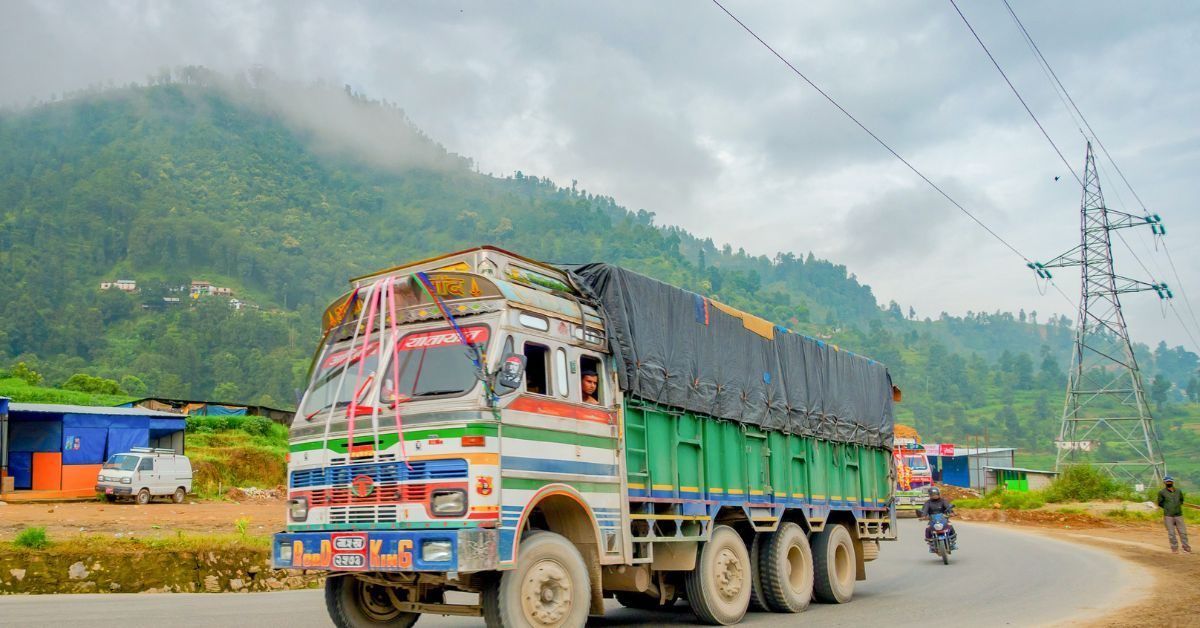India’s Unified Logistics Interface Platform (ULIP) has started integrating data on no-entry zones and accident-prone “black spots” across more than 100 cities to improve road-based cargo route planning.
The upgraded Logistics Data Bank (LDB 2.0) will extend real-time tracking and analytics to 31 terminals at 18 ports, 88 manufacturing special economic zones (SEZs), and 5,700 railway and dedicated freight corridor (DFC) stations. Since its inception, the system has tracked 87 million containers as of September 15, 2025.
According to Rajat Kumar Saini, Managing Director & CEO of the National Industrial Corridor Development Corporation (NICDC), India’s target is to raise the share of containerized traffic from the current 25% to over 60% in the coming years. Exporters will be able to track shipments end-to-end—whether by container, vehicle registration, or railway freight number—across international waters and transshipment hubs.
Because many countries restrict the use of radio frequency devices on containers, LDB relies on a mix of open-source tools and paid data from global shipping lines. While private vehicles are excluded to protect privacy, the system actively monitors the roadworthiness of cargo trucks. Compliance varies significantly by state, with fitment rates ranging from just 40% in some regions to over 90% in others.









